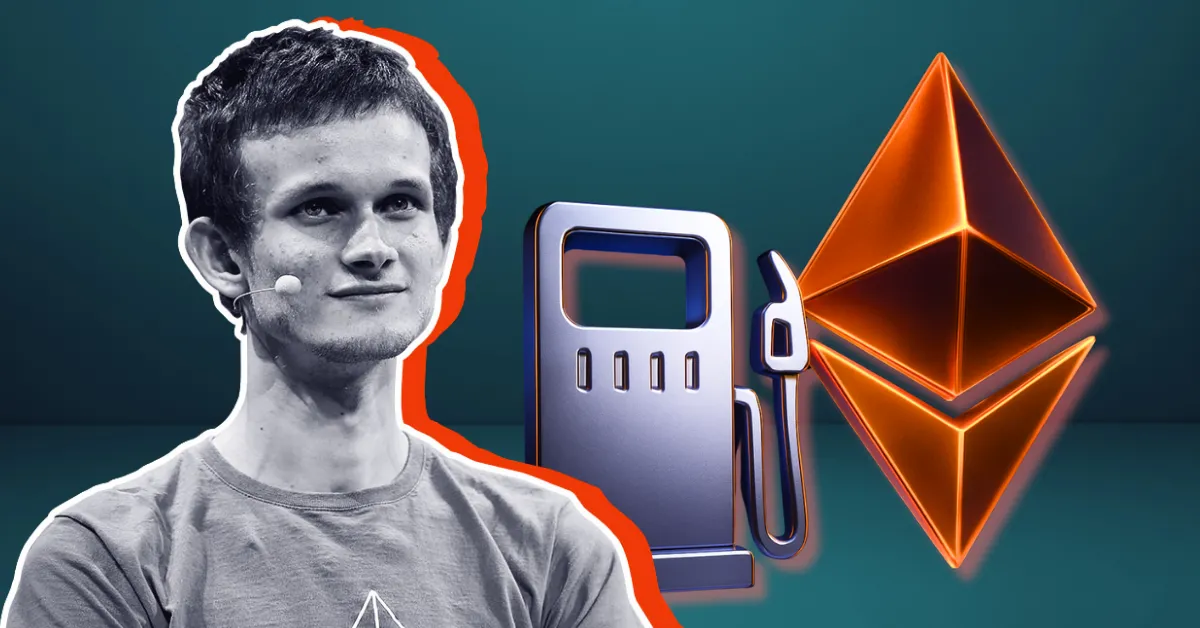
Vitalik Buterin plans to increase Ethereum’s gas limit by 10–100x to support advanced scalability.
Succinct Labs' zkVM demo impressed Buterin but still needs improvements in energy use and verification.
Real-time proving tech could revolutionize Layer 1 performance but requires broader optimization.
What if Ethereum could scale 100x without compromising security or decentralization? It’s a future closer than we might think.
In a recent wave of excitement on X, Ethereum co-founder Vitalik Buterin spotlighted a major milestone by Succinct Labs – and casually dropped a bombshell: the Ethereum core team is eyeing a 10 to 100x increase in the Layer 1 gas limit. Yes, you read that right.
Let’s break down why that matters.
Vitalik Applauds Succinct Labs – But Calls for More Work
Buterin publicly congratulated Uma Roy and her team at Succinct Labs for their impressive SP1 Hypercube demo, a zkVM (zero-knowledge virtual machine) capable of proving over 90% of Ethereum blocks in under 12 seconds.
He called the achievement “truly amazing,” but didn’t hold back on his critique. According to Buterin, the system still needs to:
- Handle worst-case scenarios (not just average-case timings)
- Undergo formal verification to ensure safety and reliability
- Cut its power usage from 100 kW to a more sustainable 10 kW
Why 10 kW? That’s a sweet spot for home users and smaller teams to run real-time proofs without requiring industrial-scale infrastructure – a crucial step for decentralized accessibility.
What Is Succinct Labs Trying to Solve?
Succinct Labs is building the infrastructure to make blockchain faster, more private, and more scalable. Their SP1 Hypercube zkVM is designed to generate fast, verifiable proofs that can be deployed across Ethereum, Solana, and beyond — all through a decentralized prover network.
The bigger mission? To set a new standard for zero-knowledge tech and lay the groundwork for real-time proving at scale.
Vitalik’s Grand Plan: A 10 to 100x Gas Limit Boost
Buterin also disclosed his ambitious vision to increase Ethereum’s gas limit by 10 to 100 times, a move to turbocharge Layer 2 growth, curb censorship risks, and make advanced cryptographic mechanisms like zk-based proofs more feasible on Layer 1.
As per reports available on Y-Charts, Ethereum’s gas limit ticked up to 35.99M, just above yesterday’s 35.98 M. It might be a small hike, but it signals big scalability vibes
Why This Matters
An expanded gas limit is a fundamental infrastructure shift. Here’s what it could unlock:
- Faster and cheaper transactions
- More room for complex Layer 2 rollups and zk-proof operations
- Reduced censorship risk by allowing more validators to fit into a block
- Greater decentralization by lowering the barrier to real-time participation
Challenges Ahead, But Optimism is Growing
Yes, there are hurdles: proving systems still need to mature, power efficiency must improve, and worst-case performance needs testing. But between Buterin’s bold roadmap and Succinct Labs’ real-time proving progress, the Ethereum community has plenty to be excited about.
Never Miss a Beat in the Crypto World!
Stay ahead with breaking news, expert analysis, and real-time updates on the latest trends in Bitcoin, altcoins, DeFi, NFTs, and more.
If successful, this could be Ethereum’s biggest leap toward scalability since the Merge – and a defining moment for the future of decentralized computation.
FAQs
Succinct Labs’ SP1 Hypercube is a zkVM proving 90% of Ethereum blocks in under 12 seconds, boosting scalability and enabling real-time proof generation.
A higher gas limit lowers barriers for validators, increases block capacity, and reduces censorship risks, fostering greater decentralization in Ethereum.
Challenges include improving proving system efficiency, reducing power consumption to 10 kW, and thorough worst-case scenario testing.








